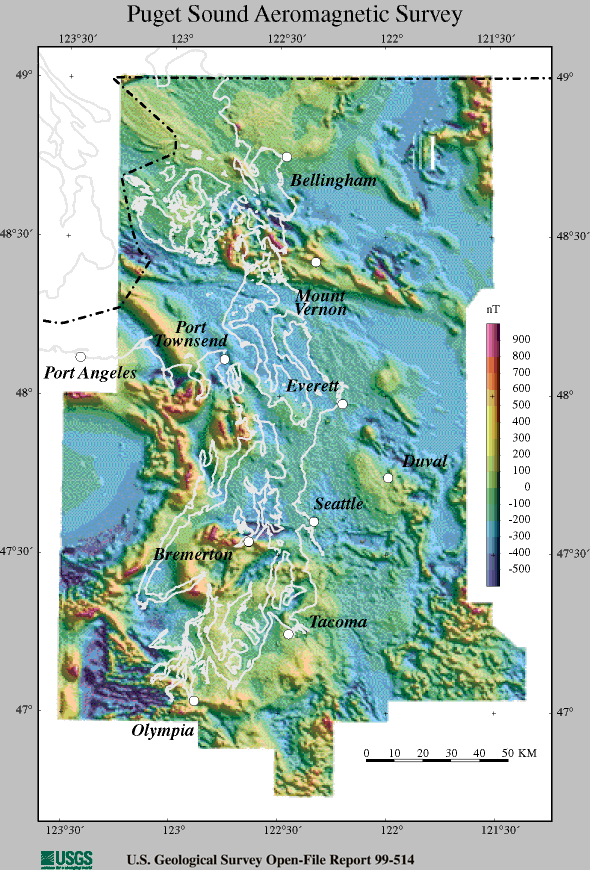
Last weekend, I saw the spectacular film Helvetica, which, as you might expect, discusses the infamous typeface. But the film delves deeply into the history and motivations for design over the last several decades, and it provides some thought-provoking glimpses into the minds and attitudes of several major designers.
Browsing the Helvetica website, I came across a clip of Vignelli showing remarkable disconnect from reality as he discusses the 1972 subway map (a section of which is replicated above, although the entire map is online, too). It’s amazing how he can’t perceive the practical failures of his design…
(A friend pointed out that these comments are a little difficult to understand out of context. So, to clarify, here’s a current map of the New York City subway system. Not the tangle of lines around Lower Manhattan and Brooklyn; those become incomprehensible in Vignelli’s version.)
As usual, I see this somewhat in the context of the theme of the “What’s Viz?” PowerPoint I give occasionally. When we forget the reason for which we design something, the results can utterly fail us. When astronomers attempt to communicate with broad audiences using a visual language intended for their peers, problems develop. And when designers allow aesthetics to trump function, subway riders get confused.
Anyway, I know this ain’t sci viz per se, but it’s on my mind…
BTW, the Helvetica site also links to an entry on Design Observer about the map, and although the author seems not to disagree with me, he chooses his words a bit more kindly. You can also reada blog entry that talks a little bit more about the London Underground map that inspired Vignelli, which links to the original 1933 map designed by Harry Beck.
Independently, I also ran across a fellow at Columbia University who has created his own Vignelli-inspired version of the MTA, and it’s current! Use at your own risk.


